

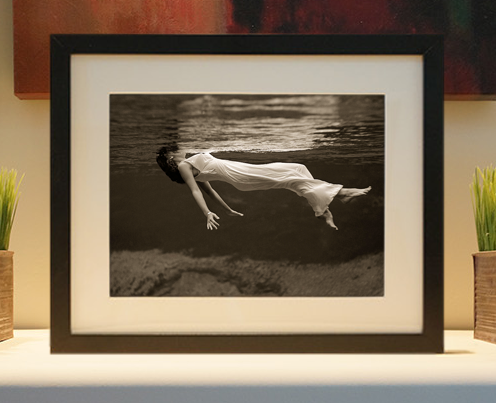
Framed or unframed, desk size to sofa size, printed by us in Arizona and Alabama since 2007. Explore now.
Shorpy is funded by you. Patreon contributors get an ad-free experience.
Learn more.

- The most dangerous fire escape I've ever seen
- Out of Place
- Sir Bedevere
- Witch way to the fire?
- Proud to be an old Coot
- That old scale
- Bowled Over
- Cat years?
- 'Why' Wyoming?
- His Master's Voice
- What! No dish under the skewer?
- Only in Hollywood?
- What's Up Doc?
- Destination?
- I'm pretty sure this was a voluntary program
- When I see chicken wire rabbit cages I think of three things
- The War Ears
- Eating the bunnies? Really?
- A love affair with a machine
- Hasenpfeffer
- Back support
- Hot type!
- Can you smell ... the news?
- Looking across the street and Flong
- Memories of my elderly hoarder neighbor
- Linotype in the Twilight Zone
- By Memory?
- Quiet place
- Line Of Type
- And no hearing protection
Printporium
Madison Square: 1901

Manhattan circa 1901. "Madison Square, New York." Highlights of this panorama made from three 8x10 glass negatives include 23rd Street at left, the Fifth Avenue Hotel, Fifth Avenue/Broadway, Madison Square Park, Stanford White's Madison Square Garden campanile, Madison Avenue Presbyterian Church and the Metropolitan Life building at the corner of Madison and 23rd Street (which appears to curve around the bottom of the image but is actually straight). Photos by William Henry Jackson, Detroit Photographic Co. View full size.
In-spire-ing
The Madison Square Garden campanile was surely inspired by the Giralda Tower in Seville, originally a minaret for a mosque. Similarly, the architects of San Francisco's Ferry Building looked at the same Spanish landmark when designing their own clock tower.

Any ideas?
Going through many images and business maps of Madison Square from the turn of the century, specifically focusing on Madison Avenue and East 23rd Street, and within about +/-10 years, I still have not been able to home in on what possible business or advertisement is seen in this shadow.
[Did you reverse the shadow? The POSTAGE STAMP ALBUMS sign advertises the Scott Stamp & Coin Co. at 18 East 23rd Street. - Dave]
What are those?
Are the vertical rods high over most of the buildings lightning rods? They wouldn't be radio antennas in 1901?
[Wireless telegraphy got its start in the 1890s, so it's not too early for radio masts. But those "vertical rods" are flagpoles. - Dave]
Change is coming
At right, next to the Metropolitan Life building, stands the Madison Square Presbyterian Church. When this church was built in 1854, Madison Square Park was surrounded by elegant private residences and church membership included many prominent families, like the Roosevelts. As seen in this panorama, by 1901 commerce had pretty much taken over.
In 1902 the Metropolitan Life Insurance Company wanted to expand and so purchased the Catharine Lorillard Wolfe mansion across 24th Street and offered the church this plot plus $300,000 for the existing church property. The deal was made, and Met Life would build its still-standing tower on the site. Stanford White would design a new Madison Square Presbyterian Church, a Roman basilica masterpiece with interiors designed by church member Louis Comfort Tiffany. Unfortunately, commerce continued to drive moneyed families north and, in 1918 the new church was closed and demolished after the membership merged with First Presbyterian Church on Fifth Avenue.
Today the intersection of Madison Ave and 24th Street looks like this. In 1962 the Metropolitan Life building seen in 1901 was modernized, not demolished.
Second National
I thought "2nd National Bank" was a made-up name for the Sunday Funnies, but here it is.







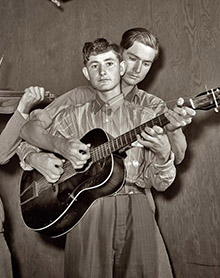
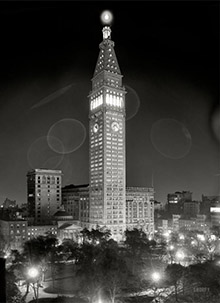
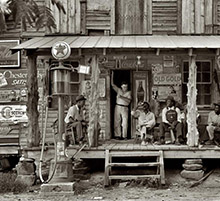
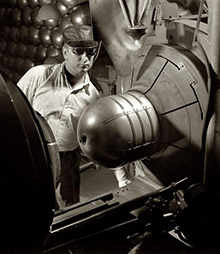
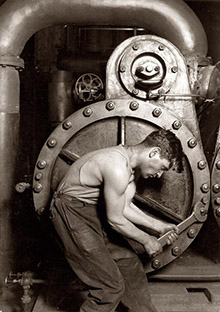
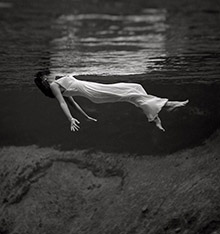
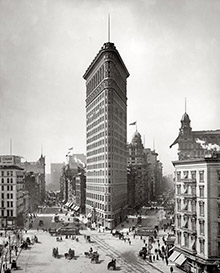

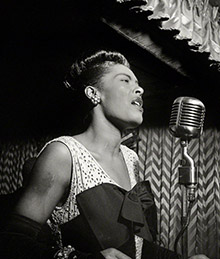
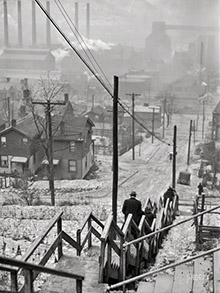
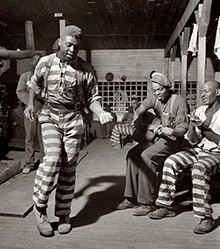

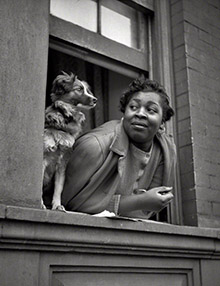
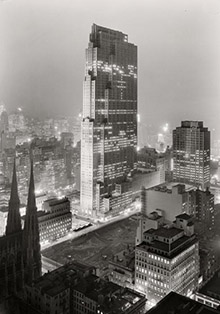

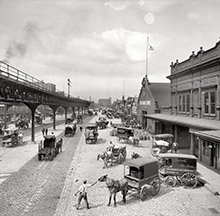
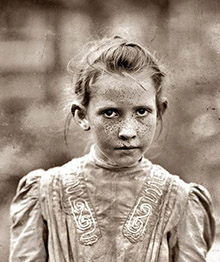

On Shorpy:
Today’s Top 5